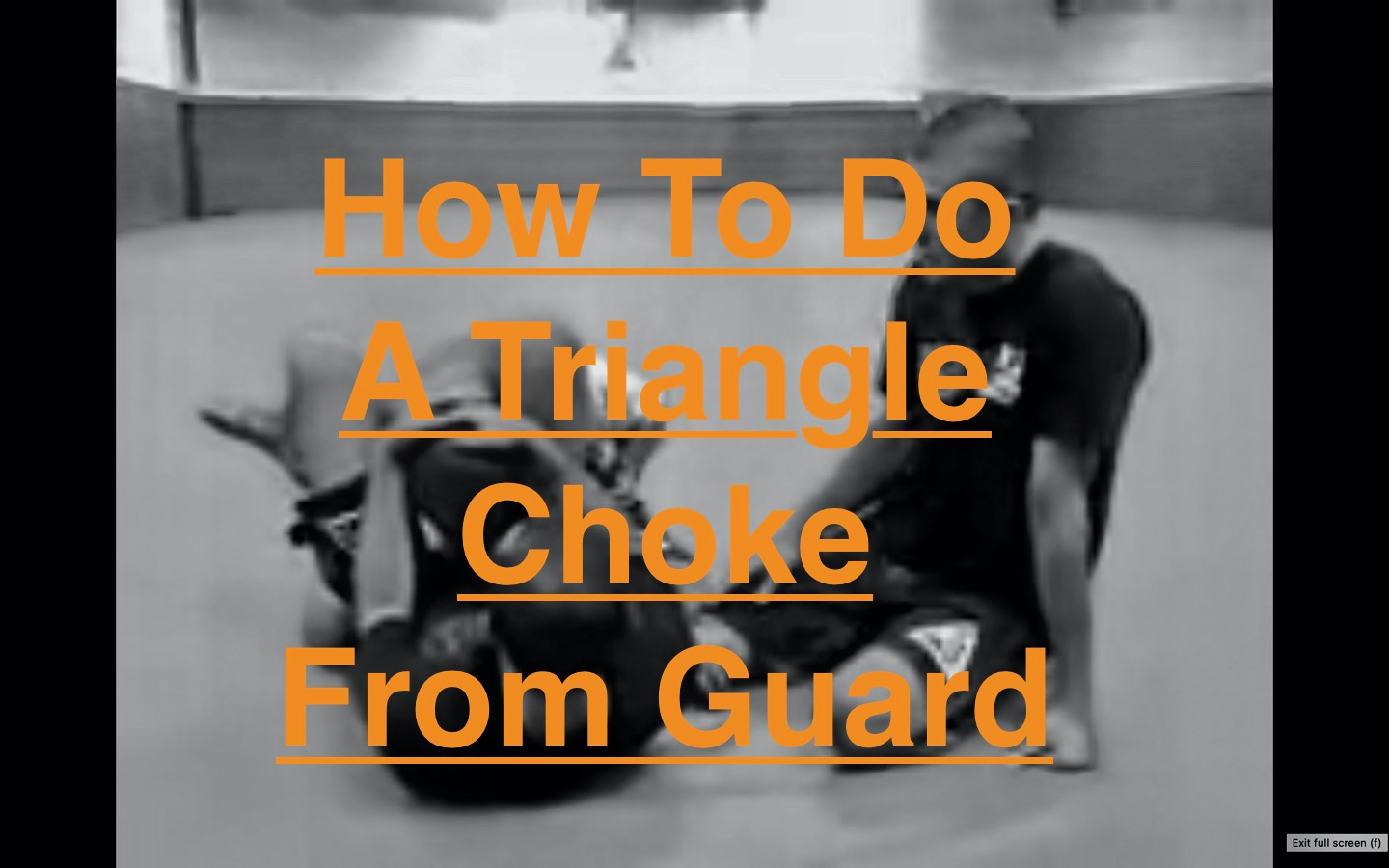
Drilling BJJ is one of the most essential ingredients to getting fast and good at Brazilian Jiu Jitsu. While it’s obvious that drilling is essential to improving your BJJ game, how you should drill is not as obvious. Shrimping across the mat at the start of class will help train that movement, and repeating techniques until you have the movements memorized is an excellent way to make muscle memory, but there are other drills that may prove to be equally useful to your BJJ game.
This BJJ flow drill from MMA Leach is a great example of a drill that will help your BJJ game rise to the next level. This drill for the closed guard uses three essential BJJ closed guard techniques: the armbar from closed guard, the triangle from closed guard, and the omoplata from closed guard. This drill will help you to quickly react when your opponent defends your closed guard attack and chain together submissions to develop a comfortable, dangerous closed guard game.








